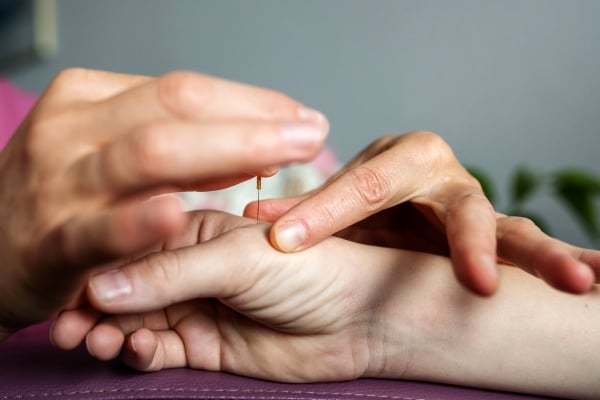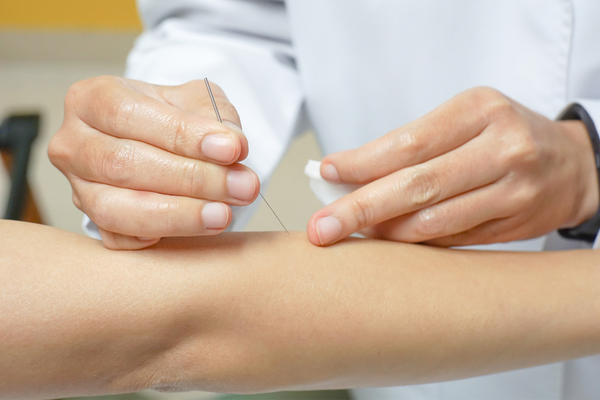
IMS and acupuncture – which is best for you?
Clients often ask about the difference between Gunn IMS (Intramuscular Stimulation) and traditional Chinese acupuncture and which one is best for them. The answer depends on your therapist's training, the injury or condition that is being treated, and any previous experiences with either treatment approach that you may have. One of the primary jobs of a physiotherapist is to help you determine which type of treatment is most likely to solve your issue.
What are the similarities?
Both treatments utilize disposable acupuncture needles that do not inject any substance. The needle creates a (very) small wound in the tissue causing micro-bleeding, which stimulates your body's natural healing process. Despite what you may have heard regarding treatment being uncomfortable - acupuncture and IMS are often described by patients as being gentle treatments! There is no reason that Gunn IMS must be aggressive – a gentle version can be used where required. Some clients do prefer the deep aching and twitch response that commonly occurs. In acupuncture this sensation is called De Qi.
What is unique about IMS?
Gunn IMS is a model that follows specific assessment parameters in order to determine what muscles have underlying nerve irritation (neuropathy). The resulting tight and tender muscle knots are treated using a single insertion point. This is clearly different than the often-used multiple needle technique found in acupuncture. Additionally, the needles are not necessarily left in for any length of time. Often the mild ache or muscle twitch is all that is needed. Some insertion points may only last for a second. It is often the case that the muscle(s) can temporarily feel achier or sore following treatment. This is due to the release of a healing chemical to an injured area.
What is different about acupuncture?
Points are selected following well mapped out meridians, or energy channels, that run through the body. Often, multiple needles may be left in for 15-20 minutes. As a physiotherapist using acupuncture, the points chosen are also based on a musculoskeletal approach. If there is a tender part of the muscle which does not fall along a meridian, often a needle can be left in this "ashi point.” Acupuncturists may refer to these as "points of most tenderness.”
Which treatment is best for me?
Each person is different in their injury presentation and response to treatment. There is no cookie cutter answer. However, Gunn IMS can be great as a primary treatment for an injury which has a neuropathic or nerve component. Examples include chronic back pain, tennis elbow, or perhaps an injury that has not responded to more conventional treatment.
From a physiotherapists perspective, acupuncture can be used in addition to other physical therapy techniques (such as manual therapy, exercise) to help settle an injury which typically does not have a neuropathic component (for example, an acute ankle sprain). Sometimes clients are a bit more nervous with needling, and acupuncture can be a very soothing way to introduce them to this type of treatment. Interested in IMS or acupuncture as a potential treatment option? Book an appointment with one of our clinicians.
